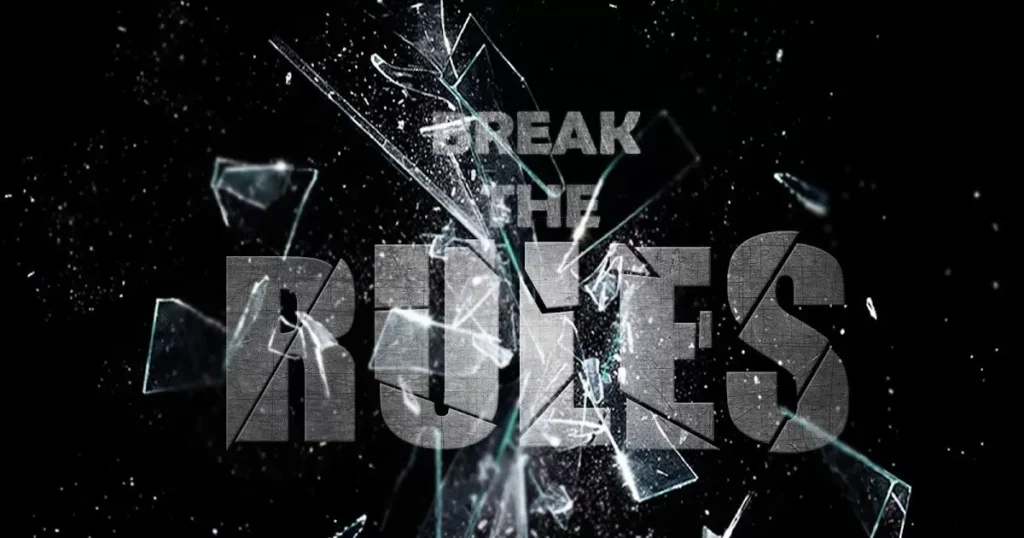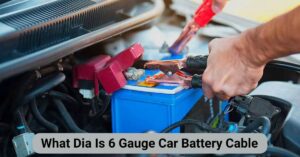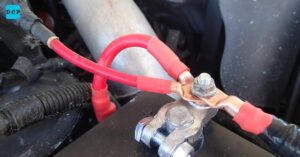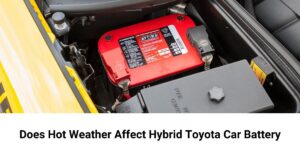Introduction
“Explore our ultimate guide to UK number plate regulations, covering formats, sizes, and customization. Ensure your plates comply with legal standards and avoid fines.”
Navigating UK number plate regulations is crucial for vehicle owners to ensure legal compliance and avoid potential fines. The UK has specific rules regarding the format, size, and display of number plates, all designed to enhance visibility and standardize identification on the roads.
Whether you’re updating your number plates or simply interested in understanding the regulations, knowing these guidelines is essential for maintaining road safety and avoiding legal issues.
In this comprehensive guide, we will explore the various aspects of UK number plate regulations. From the formats and sizes to illumination rules and personalization options, we will cover everything you need to know. This information will help you ensure that your number plates meet all legal requirements and are correctly displayed on your vehicle.
Number Plate Basics

- Standard Format: UK number plates follow a specific format: two letters, two digits, and three letters (e.g., AB12 CDE). This format indicates the region and year of registration.
- Plate Size: The standard size for UK number plates is 520mm x 111mm. This size is used for most vehicles to ensure visibility and compliance.
- Character Size and Spacing: Characters on number plates must be at least 79mm tall with specific spacing between groups to ensure readability and consistency.
- Material Requirements: Number plates must be made from reflective material to enhance visibility, especially at night or in poor lighting conditions.
- Illumination Rules: Number plates must be illuminated at night. The light must be white and evenly distributed across the plate to ensure visibility.
- Personalisation: Personalised number plates can be customized but must adhere to legal restrictions. They should not be offensive or misleading and must follow format rules.
- Older Vehicle Plates: Classic and historic vehicles may have different plate formats, but they must still comply with current regulations regarding reflectivity and durability.
- Motorcycle Plates: Motorcycles have smaller plates (240mm x 180mm) with similar character size requirements. They must also be illuminated and visible.
- Trailer and Towing Plates: Trailers and towed vehicles must display number plates that match the towing vehicle and meet the same size and illumination requirements.
- Material and Construction Standards: Plates must be constructed from durable and weather-resistant materials to withstand environmental factors like UV rays and road debris.
- Breaking the Rules: Non-compliance with number plate regulations, such as incorrect format or unreadability, can result in fines, penalties, or vehicle impoundment.
- Custom Plates for Special Vehicles: Special vehicles like government or diplomatic vehicles may have unique plate formats but must still comply with basic visibility standards.
- Transfer of Plates: Personalized and certain types of plates can be transferred between vehicles. This process must be conducted following legal procedures.
- Maintenance: Regular maintenance of number plates is crucial to ensure they remain readable and in good condition, preventing issues with compliance.
- Legal Database: All number plates, including personalized ones, are checked against a legal database to ensure they are valid, available, and comply with regulations.
These points cover the essential aspects of number plate regulations and help ensure that vehicle owners comply with legal standards.
Understanding Plate Formats
UK number plates follow a specific format to ensure uniformity and readability. Current plates use a two-letter, two-digit, and three-letter format, such as AB12 CDE. The two letters at the beginning indicate the region of registration, while the two digits show the year of registration. The final three letters are randomly assigned.
The format has evolved over time. For instance, classic plates from the pre-2001 era follow a different pattern: a letter denoting the year, followed by three numbers and then a letter indicating the region. Understanding these formats helps in recognizing the age and origin of the vehicle.
There are also personalized plates, which can be customized within legal boundaries. However, they must adhere to specific rules, such as not resembling offensive words or misleading combinations. The format is flexible, allowing for creativity while maintaining legibility.
For specialist plates, such as those used for government or diplomatic vehicles, there are additional rules and formats. These plates often have unique identifiers that denote their special status and function.
Size and Spacing
Number plate dimensions are strictly regulated to ensure they are easily readable. The standard size for a UK number plate is 520mm x 111mm. This size accommodates the required characters and allows for clear visibility.
Character spacing on the plate is equally important. The spacing between the characters is crucial for readability and must conform to specified measurements. For instance, the space between the two-letter and two-digit groups must be 33mm.
Margins around the plate are also regulated. There should be a 10mm margin at the top and bottom, and a 5mm margin on the sides. These margins ensure that the plate fits properly within the vehicle’s number plate holder.
Custom plates may have different spacing rules. When customizing, it’s important to adhere to legal spacing requirements to avoid issues with readability and compliance.
Mighty Motors – The Most Powerful Engines in Auto History
Illumination Rules
UK regulations stipulate that number plates must be illuminated at night. The illumination ensures that the plate is visible under low light conditions, enhancing road safety. Plates must be fitted with a light source that evenly illuminates the entire plate.
Light sources for number plates can be either a standard light fitting or a light integrated into the vehicle’s design. The illumination must be white and positioned to avoid glare or reflections that could obscure the plate.
Maintenance of the illumination system is crucial. Regular checks ensure that the light is functioning correctly and complies with regulations. Faulty or non-working lights can lead to fines and compliance issues.
For classic vehicles, specific rules apply regarding the type of illumination. These vehicles may use traditional light fittings, but they must still meet modern visibility standards.
Materials and Construction
Number plates in the UK must be made from reflective material to enhance visibility. The material must be durable and weather-resistant, ensuring that the plate remains readable in various conditions.
Construction standards dictate that plates must be produced using high-quality materials that resist damage from environmental factors such as UV rays, rain, and road debris. Plates must also adhere to specified thicknesses to prevent bending or warping.
Plates must be securely mounted on the vehicle to avoid movement or vibration, which can affect legibility. Secure attachment helps maintain the plate’s condition and compliance with regulations.
Custom plates should also follow these material and construction standards to ensure they are as durable and visible as standard plates. Customization does not exempt plates from these fundamental requirements.
Personalisation Options

Personalized number plates are a popular way for vehicle owners to express individuality. However, there are regulations regarding what can and cannot be included. Personalized plates must not be offensive, misleading, or resemble emergency service identifiers.
Customization involves selecting a combination of letters and numbers that hold personal significance. The UK allows a wide range of custom options, but each must be checked against the legal database to ensure it is available and compliant.
Fees for personalized plates vary based on the combination chosen. Custom plates are available through government-approved providers and must be officially registered.
Transfer of personalized plates is also regulated. Owners can transfer their custom plates between vehicles, but this process must follow legal procedures to ensure the plate remains registered correctly.
Rules for Older Vehicles
Older vehicles may have different plate requirements compared to modern ones. Plates on classic cars often follow older formats and may be exempt from certain contemporary regulations, such as newer size and spacing rules.
Retro plates must still comply with current regulations on reflectivity and readability. While older formats are allowed, they must be produced using materials that meet modern durability and visibility standards.
Special provisions are made for historic vehicles, allowing them to retain their original plate designs if these conform to certain conditions. This ensures the preservation of vehicle authenticity while adhering to legal requirements.
Maintenance of older plates is essential. Even if a vehicle is exempt from some modern regulations, the plate must remain readable and in good condition to avoid penalties.
Motorcycle Requirements
Motorcycles have specific plate regulations different from cars. Motorcycle plates are typically smaller, measuring 240mm x 180mm. This size is suited to the compact design of motorcycles while ensuring visibility.
Character size and spacing for motorcycle plates are also regulated. Characters must be at least 64mm tall and spaced appropriately to ensure legibility. These dimensions help maintain standardization across different vehicles.
Mounting and illumination rules for motorcycles are slightly different from cars. While motorcycle plates must be visible and illuminated, the light source and mounting may vary based on the bike’s design.
Custom plates for motorcycles must adhere to the same rules as car plates. However, due to the smaller size, customization options may be more limited while still ensuring compliance with visibility standards.
Towing and Trailers
Vehicles towing trailers must have matching number plates on both the vehicle and the trailer. The trailer’s plate must be displayed in a position where it is clearly visible, ensuring that it follows the same size and spacing rules as the towing vehicle.
Illumination for trailer plates is also required. The plate must be illuminated at night, similar to the towing vehicle, to ensure visibility and compliance with road safety standards.
Special requirements apply to trailers depending on their size and type. For example, larger trailers might have additional visibility requirements compared to smaller ones.
Custom plates for trailers are subject to the same regulations as for vehicles. Any customization must comply with visibility and readability standards to ensure legal compliance.
Breaking the Rules

Non-compliance with number plate regulations can result in fines and penalties. Common issues include using incorrect formats, improper spacing, or unreadable plates due to damage or poor illumination.
Enforcement measures include roadside checks and automatic number plate recognition systems. Authorities use these systems to ensure plates comply with legal standards and to identify non-compliant vehicles.
Consequences of non-compliance range from fines to vehicle impoundment. Persistent violations can lead to more severe penalties and impact the vehicle owner’s driving record.
Legal advice may be necessary for resolving disputes related to number plate regulations. Seeking professional guidance ensures that any issues are addressed appropriately and in compliance with the law.
ANSWER TO KEY QUESTION
- What is the standard size for a UK number plate?
- The standard size for a UK number plate is 520mm x 111mm. This size ensures visibility and compliance with regulations.
- Can I personalize my number plate?
- Yes, you can personalize your number plate, but it must adhere to legal guidelines. It must not be offensive, misleading, or resemble emergency service identifiers.
- What are the illumination rules for number plates?
- Number plates must be illuminated at night to ensure they are visible. The light must be white and evenly distributed across the plate.
- Do classic cars have different number plate rules?
- Yes, classic cars may have different rules, especially regarding plate formats. However, they must still comply with modern regulations on reflectivity and durability.
- What are the requirements for motorcycle number plates?
- Motorcycle number plates must be 240mm x 180mm and have characters at least 64mm tall. They must also be visible and illuminated.
- What happens if I don’t follow number plate regulations?
- Non-compliance with number plate regulations can result in fines, penalties, or even vehicle impoundment. Regular checks are conducted to ensure adherence to the rules.
Conclusion
Navigating the complexities of UK number plate regulations is essential for every vehicle owner. By understanding and adhering to these rules, including the specifics of plate formats, sizes, and customization options, you ensure compliance and avoid potential penalties.
The regulations are designed to maintain clarity and consistency on the roads, enhancing both safety and identification.Additionally, staying informed about the rules for older vehicles, motorcycles, and trailers helps you manage various vehicle types effectively.
Whether you are personalizing your plate or maintaining an older vehicle, following these guidelines ensures your number plates are both legally compliant and functiona

Hi! I’m the admin of Drive Cars Pedia, where I share my passion for cars with you. From reviews to tips, I provide valuable info to help you make informed decisions. Enjoy your visit!








